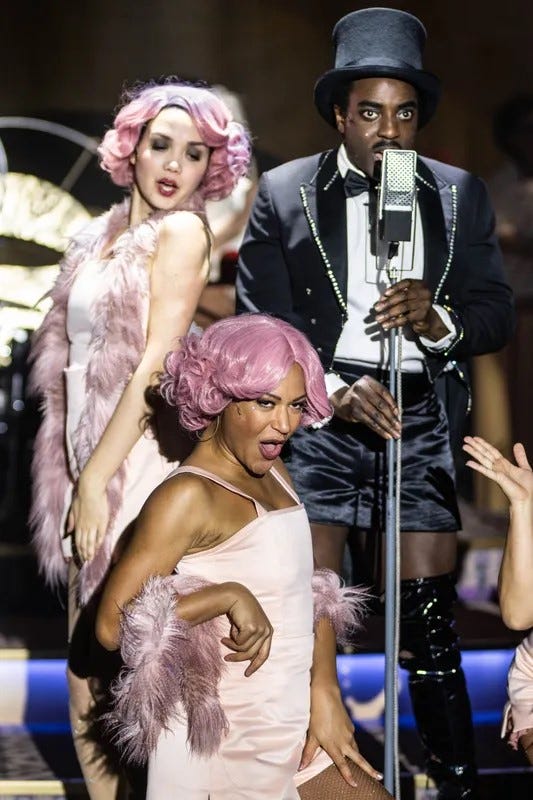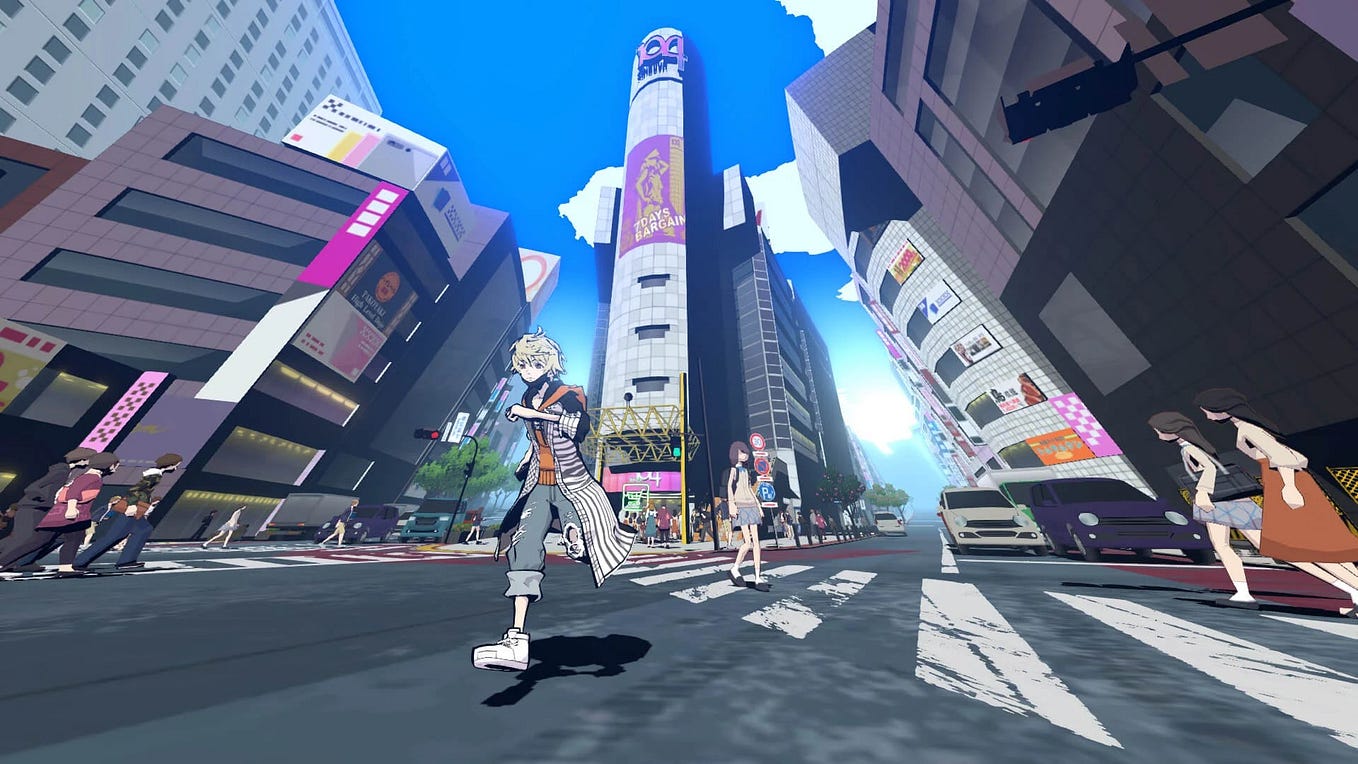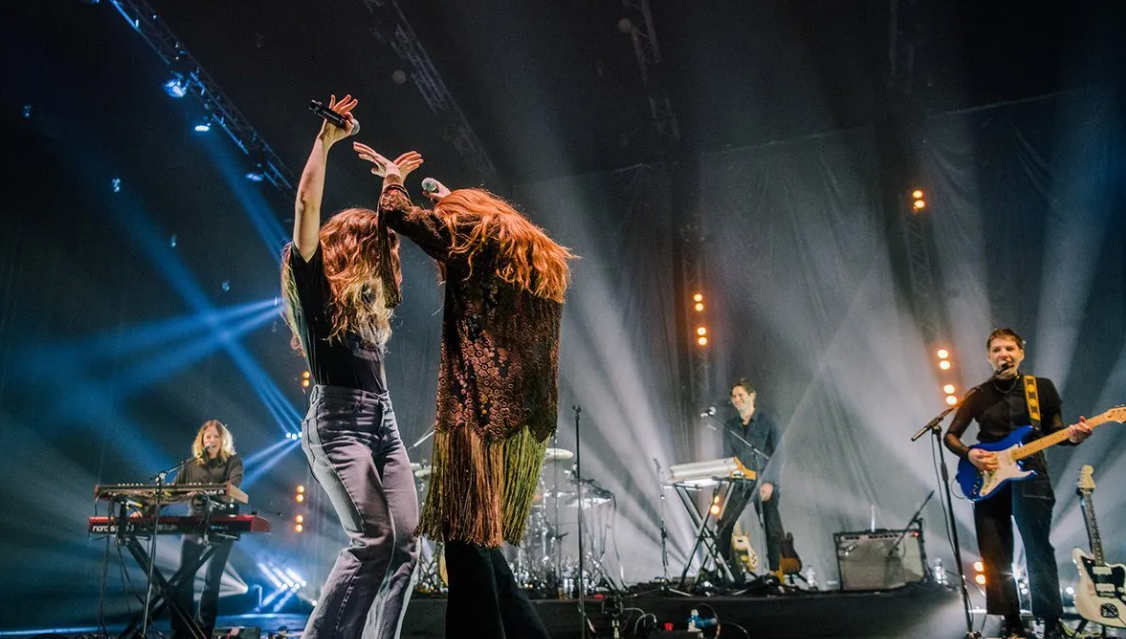The Artist Is Still Here — Marina Abramović retrospective review
About a year ago, I visited a nudist tour of Patricia Piccinini’s Metamorphosis exhibit. Yes, it was a museum tour where you have to be naked. But this weird idea seemed oddly compatible with Piccinini’s hyperrealistic sculptures of fantastical human-animal hybrids. As I walked around not only seeing these weird, furry, flabby creatures spread across the floor but also us walking around in our flabby naked bodies, I couldn’t help but feel a little more empathy for these sculptures. That experience was strengthened in a roundabout way when a while later, I read a very negative review from an orthodox-protestant politician. He expressed nothing but revulsion from the creatures, who are in his eyes ‘ünheimlich’ and ungodly hybrids, proof that man and nature should be separate. Where I had consented to blur the lines and thus gained a better appreciation, he only raised up the wall between himself and the other even further in order to prevent being perverted.
Similar boundaries are being challenged more explicitly in the retrospective exhibit of Marina Abramović. A towering figure in performance art, she has always worked to push the boundaries, not only of her own body, but also those between her and the audience. The first artwork you’re seeing ‘preserved’ when entering the exhibit is Rhythm 0: the knives, swabs, matches, guns and other items of the notorious performance are laid out on a table, and archival photos of the performance in which the public could use said items on Abramović were projected on the wall. Curiously, the photos were zoomed in on certain people from the audience at that performance, looking almost in glee at the shocking things happening. It’s an inversion of subject, from the artist to the audience, teasing the blurring of the lines between the two that for now is preserved through the line separating the museum public from the table.
However, the next room puts you in the shoes of those people: the Imponderabilia performance, where two people stand motionless and naked in the passageway to the main exhibit, and you have to squeeze between them if you want to get there. You can avoid them by going through the alternative entry, or you can delay the passage by moving into the sideroom which shows footage of The Artist is Present. However, this room shows both Abramović as well as all the faces of the people who sat across Abramović, reminding you that by being here, you are already part of the proceedings. So I decided to stand in line before ‘the door’, every person being funneled one by one by the museum workers and scrutinized by the security guard to ensure they weren’t making photographs.
Then it was my turn to move through the performers. I can’t emphasize enough how close you are to the two naked people; you feel their body warmth unfiltered by clothing, their breath. It was so dizzying, that I didn’t realize at the other end of the ‘door’ there were people looking at me, as if I was part of the performance. For just a split second, the lines between voyeur and exhibit had collapsed.
After Imponderabilia, the lines are redrawn however, as the exhibit turns into a more traditional retrospective. Grainy footage of Abramović’s previous work is blown up onto huge projections, with other archival material neatly preserved behind glass. The question arises if the exhibit is being guilty of the old process of myth making the once rebellious into the status quo, the human into the legendary. The Great Wall Walk for example has suggested an epic breakup where Abramović and her old partner Ulay would meet in the middle of the Great Wall of China, and then pass. But the exhibit showcases a less embellished, more tender story: the walk was originally planned as a wedding, but had to be retooled due to the breakup of Abramović and Ulay. The film about the performance shows them meeting in the middle and sitting on the wall, holding each other warm in the harsh winds and crying at the bittersweet end.
There is one more room dedicated to new performances of Abramović old work, amongst them Luminosity. At certain points of day, one naked person would calmly climb a ladder onto a bike seat fixed onto the wall, and then sit on the seat, limbs stretched out and fully focused on the horizon, for thirty minutes. It’s simply an electrifying performance which demands the attention of everyone in the room. You’d be forgiven to think that there are some BDSM-overtones in her work, as pain, endurance, voyeurism and exhibitionism are recurring motifs. In some of her explanations on the museum walls, she speaks about doing those long and painful performances in order to get into a different state of mind, to attain a form of almost spiritual energy (which explains the array of crystals dotted around the entire exhibition space).
It’s setting the record straight and the re-performances of the exhibit which keep the work of Abramović alive and provocative. When I visited the exhibit, it was well attended by a lot of people, to the point that there were long queues in front of the museum (then again, this is Amsterdam). True to the theme of the audience being part of art, they seemed to fully absorb what was going on, actively spotting the differences and similarities in the Artist is Present exhibit, and stepping into the crystal rocks. While there was nervousness around the nude performances, the main reception was fascination and respect instead of revulsion akin to that orthodox politician. Abramović’s work highlights that art is always an interplay between the artist, the artwork, the place it is shown and the audience coming to the artwork. Judging by the huge number of people still interested in participating in this four-way play, her work can be confidently said to still be relevant.








